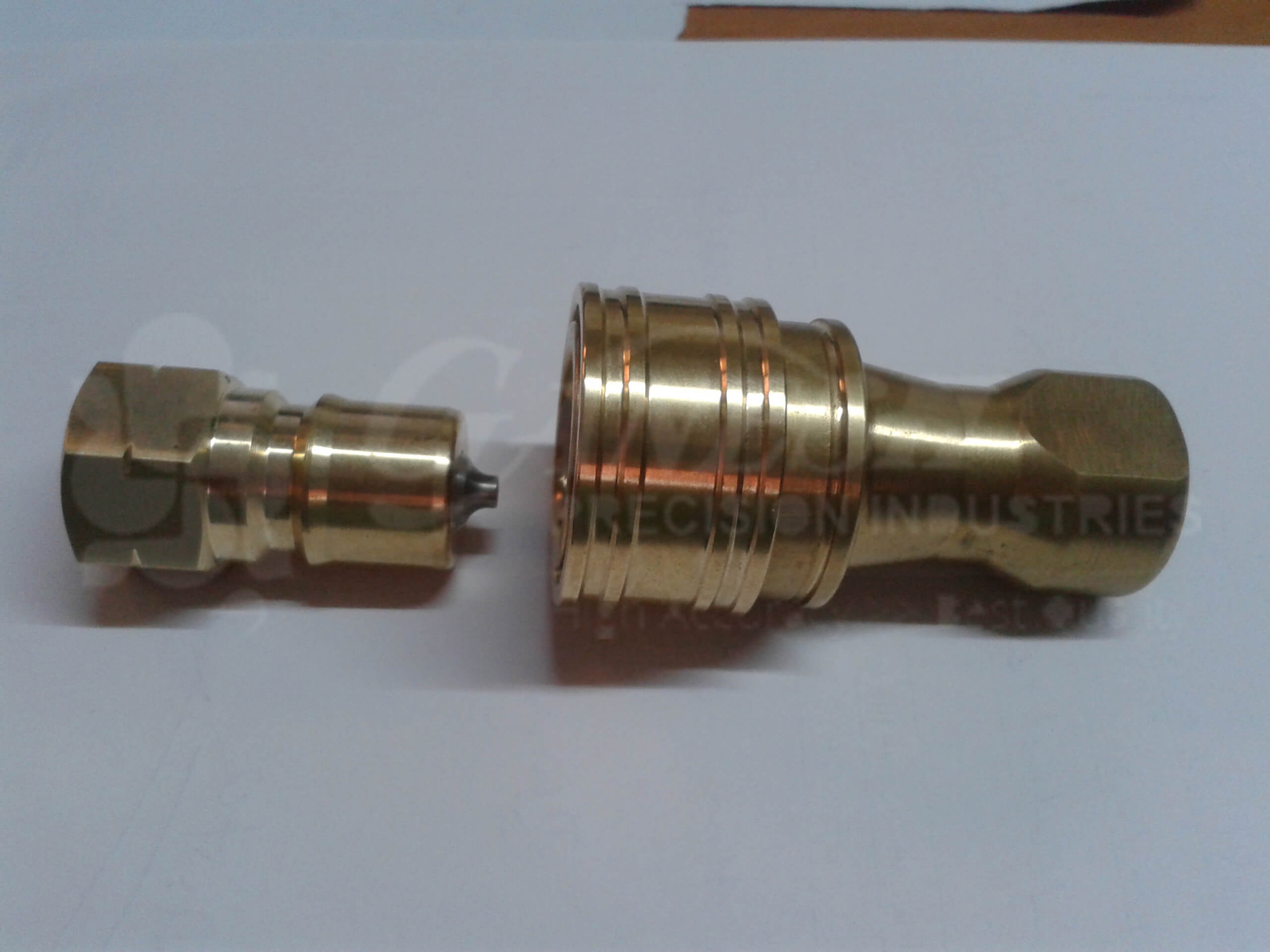If a tube in a fluid power system is connected and disconnected more repeatedly than once a week, then there are chances of a quick-acting coupling that pays for itself rapidly by improving its productivity. Although the concept is simple, many quick-acting couplings are specifically engineered for specific fluid entreaty. Quick Release Coupling Suppliers In India and their extensive use over many years has resulted in a diverse variety of designs to serve not only specific but general industrial applications as well. Accordingly, uncertainty can also arise as to whether a specific design is best for a given application.
However, because of Quick Release Coupling Manufacturer, all quick-acting couplings have some components in all of them. They have two parts, a plug, and a socket. The plug is called the male half and the socket is the female half. When both of them are connected properly, these parts latch and lock the joint effectively to comprise internal pressures and resist any tensile forces that produce to pull the joint apart. The parts are also effortlessly disconnected without tools by disengaging a locking mechanism and segregating parts.
Usage of Quick Release Couplings:
The more frequently tubes are connected and disconnected, the more useful quick-acting couplings become, and also become more crucial as machine productivity rises.
One mutual application is used in assembly workstations, where a laborer may have to quickly switch from impact wrench to drill to riveter. With the use of one quick-acting coupling half on every tool and the mating half on the airline, tool changing is achieved in a few seconds. Without the usage of couplings, segregating airlines would be needed for each tool. The number of tools and lines would clutter the workplace and could slow down the generation.
On the hydraulic test stands, quick-acting couplings eliminate blockages by cutting the required time to test each assembly closely. Just a sudden push or pull and the assembly will be ready to test. In disparity, testing time would fly if mechanics had to tap into systems using fittings and a wrench for each test protocol.
The Valve Arrangements:
Among the numerous designs of quick-acting couplings, either of two categories is used for an application in Quick Release Coupling Manufacturer In India. Where the unvalved types have the benefit of low-pressure loss through the coupling but make no requirement to avoid fluid from escaping once the coupling is detached. Nonetheless, if pressure drops in the system it must be held to lowest, and fluid shifting from detached houses can be withstood, unvalved couplings are likely to be a designer’s first choice.
Obviously, a coupling that does not emit when disconnected would be preferred by engineers for probably all applications. every other factor being equal, incorporating a shutoff valve into one or both halves of the coupling permits fluid to flow through the coupling only when both halves pertain to each other. Again, when the coupling is detached, a mechanical link between the coupling halves is damaged and causes the valve to close, preventing flow.
The Valve Considerations:
While these two valved designs propose the amenity of controlled fluid loss, there are a few trade-offs. Firstly, valved couplings from Quick Release Coupling Suppliers can produce a considerably higher pressure drop than unvalved designs. The amount of this loss relies on the coupling size and its design. Pressure drop can be lessened relatively by oversizing the coupling. There also may be some variation in pressure drop from one coupling layout to another. If the pressure drop is a problem, be sure to check the manufacturer’s writings for appropriate data.
Other shortcomings to valved couplings encompass larger size and increased the cost. The differential cost will vary according to size and individual design of valves. Normally, couplings are designed for the low-pressure drop, no fluid leakage, and no air entanglement carry a higher price tag. Yet, factories mark the price differential is negated by higher productivity increased by not having to clean up fluid downfalls.
These were the fundamental information on quick-release couplings. There is more to this information, it has various types and designs to know about.



